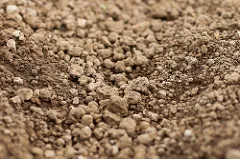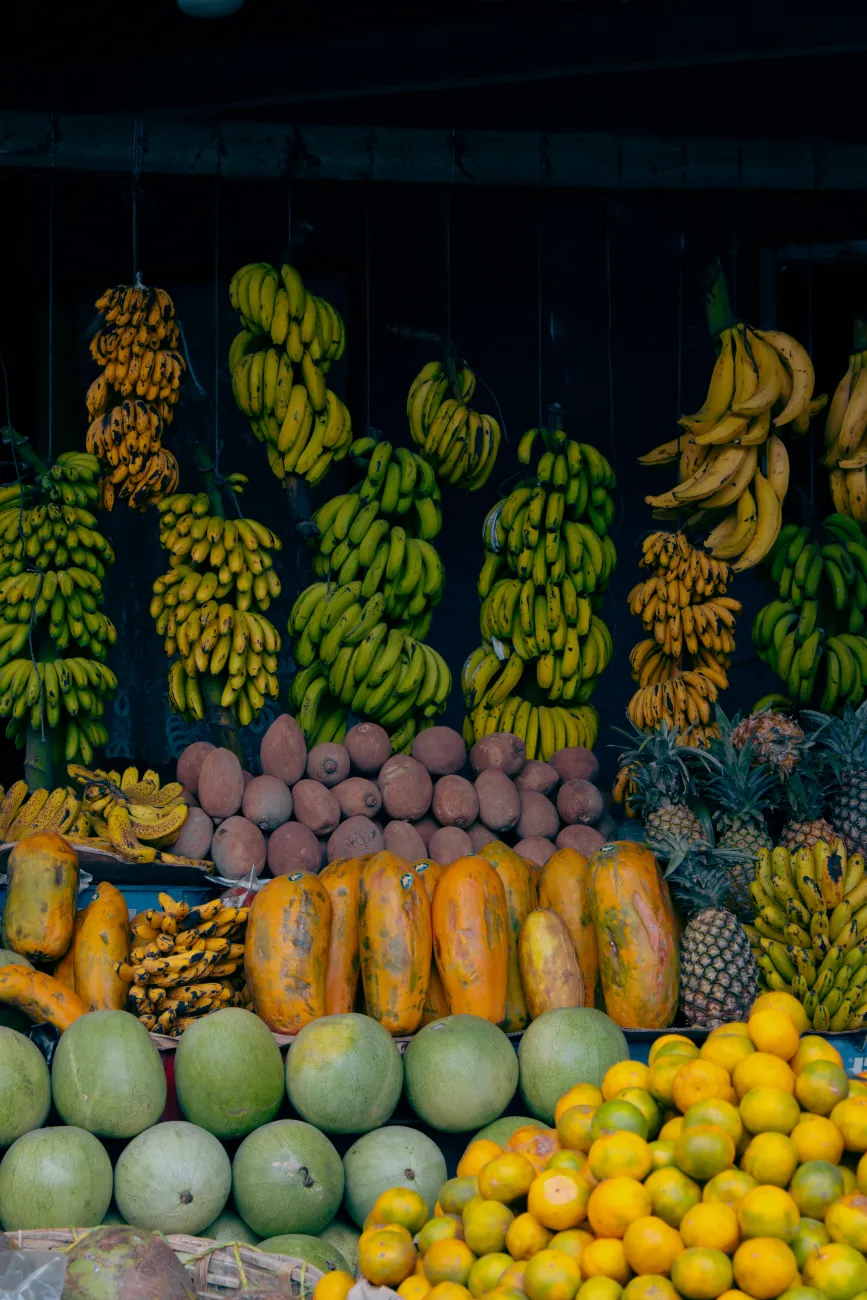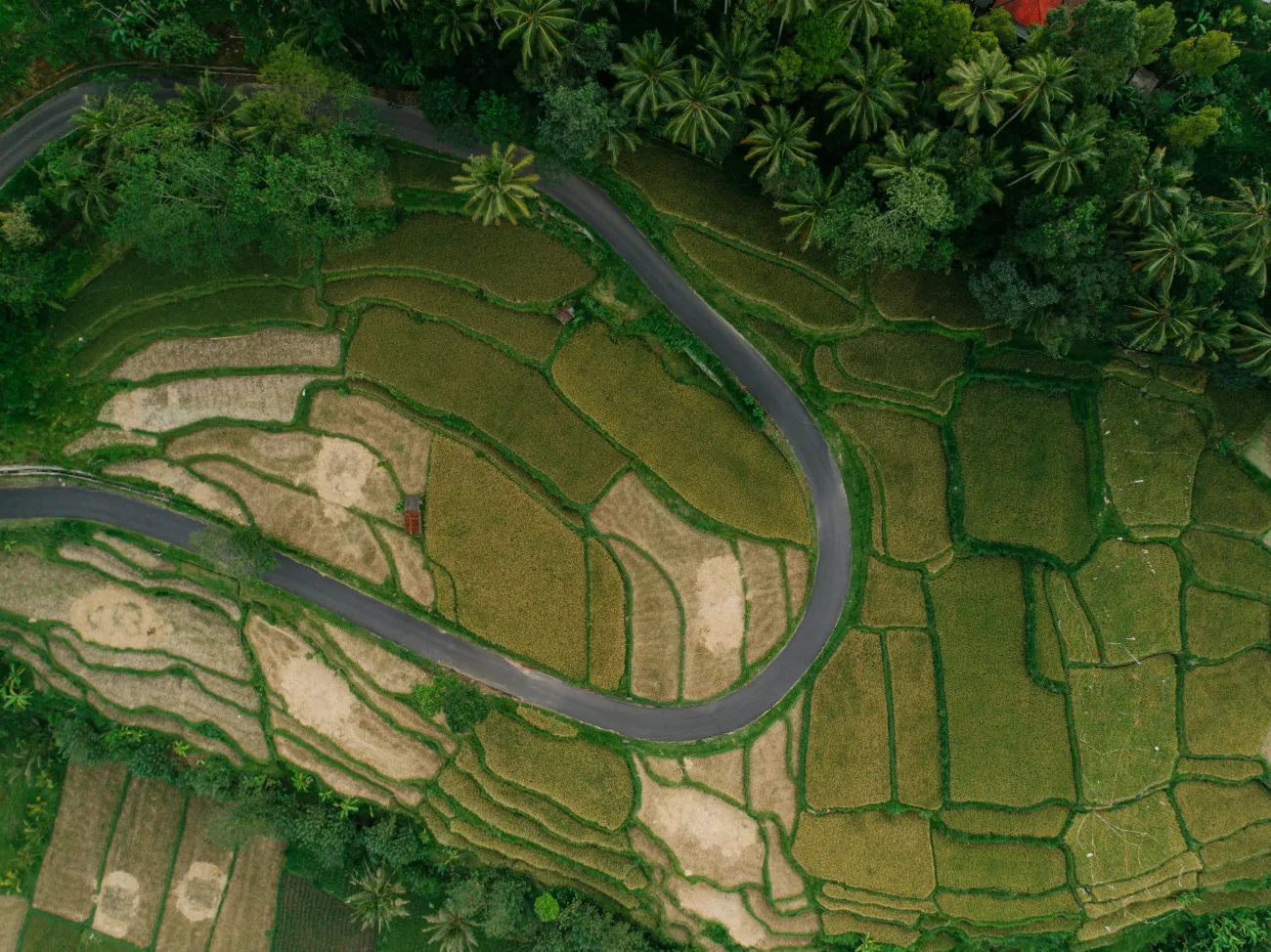This article presents the results from a new global soil erosion model, based on a combination of remote sensing, GIS modelling and census data. It finds that accelerated soil erosion due to land use change between 2001 and 2012 is a major threat to soil and future agriculture but that previous commonly used estimates of annual global soil erosion were twice too high. In comparison with previous studies which had a mapping resolution of around 10–60 km cell size, this model with its high-resolution 250m cell size has far greater predictive power than any previous model.

The study estimated human-induced soil erosion by water erosion at a global scale between the years 2001 and 2012. It is a revised version of the widely used Revised Universal Soil Loss Equation (RUSLE) model which uses six factors including climate, erodibility of different soil types and cropping system to derive accurate estimates of soil loss. Unlike previous studies, it incorporates land use and changes in land use, the extent, types, spatial distribution of global croplands and the effects of different regional cropping systems. It also uses an improved global assessment of rainfall erosivity dynamics. The total modelled area is about 125 million km2, covering about 84.1% of the Earth’s land. The paper also reports on estimates of the reduction in soil loss which is due to ‘conservation agriculture’ practices - for example tillage aimed at reducing soil erodibility - for the 54 countries which reported information about the implementation of conservation agriculture to the FAO.
The model estimates that of 35.9 billion tonnes of soil eroded in 2012, a number higher than that in 2001 . While nearly 85% of the studied area has very low or low erosion rates, about 7.5 million km2 (6.1% of land in the study) exceeds the threshold of annual soil erosion which is generally thought tolerable. Proportionally, the countries which have the largest areas in which soil erosion is occuring are China (0.47 million km2, 6.3% of the country's land area), Brazil (0.32 million km2 or 4.6% the country's land area) and African Equatorial territories (0.26 million km2, 3.2% of the region).

The study also predicts that, if applied to maximum technical limits, conservation practices could save over a billion tonnes of soil per year. Currently, conservation agriculture covers about 15.3% of the observed cropland across the globe, which is reducing soil erosion up to 7%.
Abstract
Human activity and related land use change are the primary cause of accelerated soil erosion, which has substantial implications for nutrient and carbon cycling, land productivity and in turn, worldwide socio-economic conditions. Here we present an unprecedentedly high resolution (250 × 250 m) global potential soil erosion model, using a combination of remote sensing, GIS modelling and census data. We challenge the previous annual soil erosion reference values as our estimate, of 35.9 Pg yr−1 of soil eroded in 2012, is at least two times lower. Moreover, we estimate the spatial and temporal effects of land use change between 2001 and 2012 and the potential offset of the global application of conservation practices. Our findings indicate a potential overall increase in global soil erosion driven by cropland expansion. The greatest increases are predicted to occur in Sub-Saharan Africa, South America and Southeast Asia. The least developed economies have been found to experience the highest estimates of soil erosion rates.
Reference
Borrelli, P., Robinson, D.A., Fleischer, L.R., Lugato, E., Ballabio, C., Alewell, C., Meusburger, K., Modugno, S., Schütt, B., Ferro, V. and Bagarello, V., 2017. An assessment of the global impact of 21st century land use change on soil erosion. Nature communications, 8(1), p.2013.
You can find the full paper here (open access).




Comments (0)